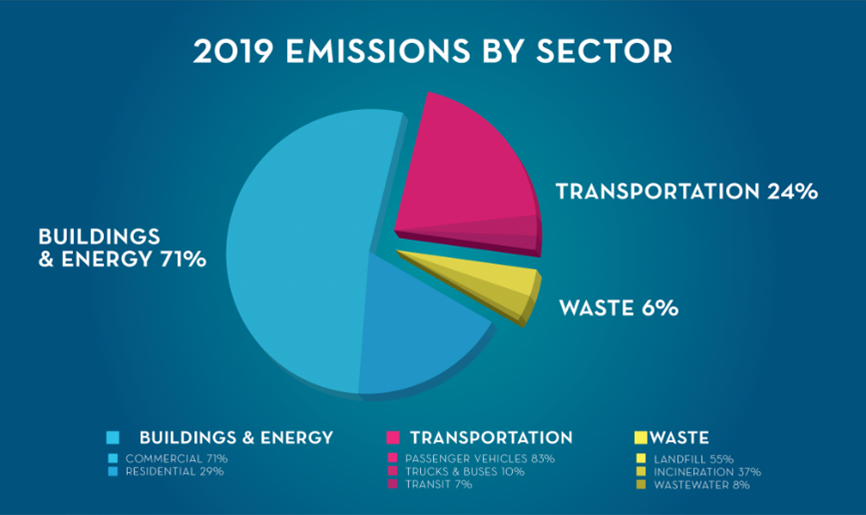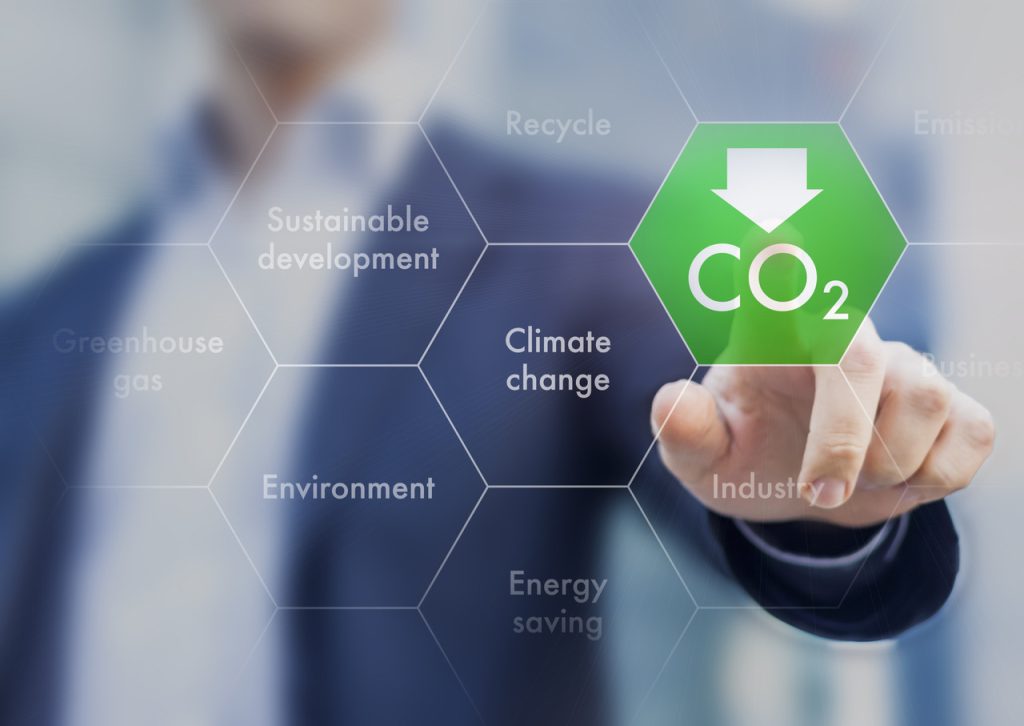The future of the planet relies on humans’ ability to stem the release of greenhouse gases (GHG) into the atmosphere. Studies by the United Nations have shown that to limit the catastrophic effects of irreversible climate change—or “runaway” climate change—we must drop our global GHG emissions by 55% in the next nine years, thus holding the overall temperature increase to just 1.5 degrees Celsius. Decarbonization, including the implementation of alternative fuels to replace the traditional gasoline and diesel, is a critical part of that driving mission.
“Think of a boat as the atmosphere. If the boat has a leak, the water is carbon dioxide, flooding the boat. We need to fix the leak in the boat, but that won’t be enough,” said Paul Seidler, managing director at Clean Energy Trust (CET), at the organization’s decarbonization technology event on May 12. The event attracted over 500 registrants.
“We can’t just stop the emissions of CO2 into the atmosphere, we have to get rid of emissions that are already there. You can’t just fix the leak, you have to bail it out, too, to survive,” Seidler said.
Recommended atmospheric carbon concentration levels range from 300 and 350 parts per million (ppm), with 350ppm being the absolute maximum. The composition of the atmosphere this year rests at about 415ppm of carbon—far beyond a safe level. The “leak” of carbon dioxide into the atmosphere has been measured at about 50 gigatons (GT) CO2e/year.
“In 2020, we experienced a pandemic that no one saw coming, and it virtually brought the global economy to a halt. The result was that emissions were reduced by about 5% (to 48GT CO2e). It’s shocking to think about how reduced travel has been, among other things, yet emissions are still so extraordinary,” Seidler said.

The decarbonization industry has sorted carbon into two categories: point-source emissions—new carbon coming from power plants, vehicle emissions, or elsewhere—and atmospheric emissions (also known as legacy emissions). Atmospheric emissions can be compared to the water that needs to be bailed out of the boat, while point-source carbon is the water seeping into the boat through the hole in the hull. New technologies being developed to combat the carbon problem effectively capture carbon in the atmosphere and can convert it into usable fuels and chemicals, creating a circular carbon economy.
“We can retrofit a steel mill, like putting a microbrewery into a mill—we turn carbon from a liability to an opportunity,” said Freya Burton, chief sustainability officer of LanzaTech, “We can make ethanol, or we can upgrade it to a sustainable aviation fuel. These fuels can be used while we work to shift to alternative fuel vehicles.”
Creating a circular economy is key to stemming future carbon emissions, in addition to helping minimize waste.
“You can use ethanol for many things, in cleaners, perfumes, the synthetic fibers in clothing—anything. You can convert this atmospheric carbon into products. You can use this carbon to make pretty much anything in your life,” Burton said.
The conversion of fleets and electricity sources to sustainable fuels and the capture of carbon already present in the atmosphere are equally important to reach emission reduction goals. We need to seal the leak and bail the water sinking the boat simultaneously, or the boat may go down regardless.
By Jenna Spray
Chicago Area Clean Cities



